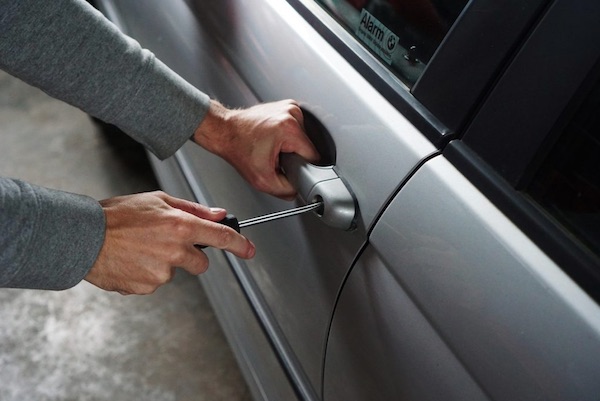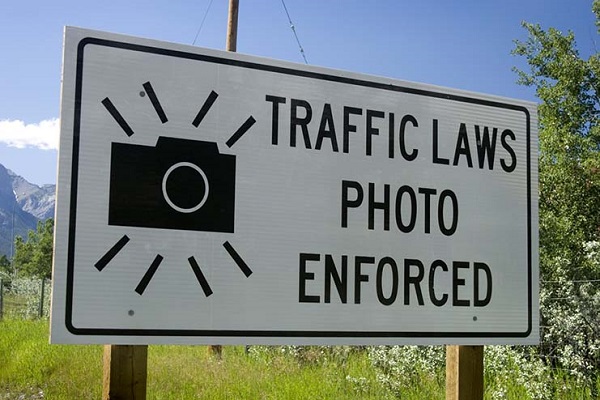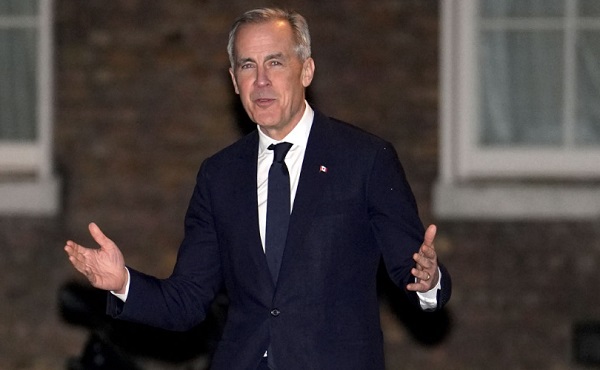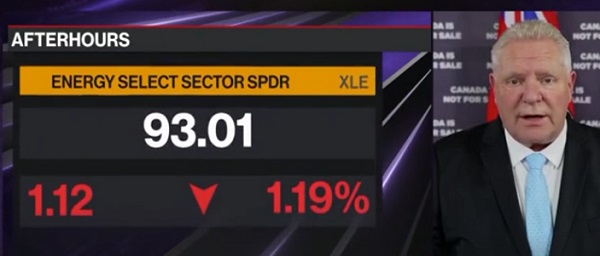87,006… is the exact number of stolen cars in Canada in 2019. This figure increased by 1.01% in one year, with 874 more car thefts reported than in 2018.
Which province is the most affected by vehicle theft?
Ontario on top of provinces where most car thefts occur
When taking strictly the numbers of car thefts per province, it is not surprising that the most populous provinces have the highest number of crimes. From this perspective, we have the 4 greatest provinces reporting the great numbers of car thefts over 2019 :
- Ontario, with almost 24,000 car thefts in 2019, ranks first among Canadian provinces in this regard, followed closely by Alberta (23,535), British Columbia (13,352) and Quebec (11,961).
- On the other hand, the 3 Northern Provinces (429 auto thefts in 2019) and the Atlantic Provinces(2,967 thefts) recorded the fewest auto thefts in 2019 in Canada.
Number of stolen cars in 2019OntarioAlbertaBritish ColumbiaQuebecManitobaSaskatchewanAtlantic provincesNorthern provinces05,00010,00015,00020,00025,000
| Provinces | Number of stolen cars in 2019 |
|---|---|
| Ontario | 23,992 |
| Alberta | 23,535 |
| British Columbia | 13,352 |
| Quebec | 11,961 |
| Manitoba | 5,546 |
| Saskatchewan | 5,284 |
| Atlantic provinces | 2,967 |
| Northern provinces | 429 |
Alberta the most hit province by car thefts in proportion to its population
Reporting the numbers of stolen cars per the number of inhabitants of every province gives a more insightful perspective on the actual level of car theft crime across Canada. Looking at the graph below, it can be seen that, relative to the total population of each province, auto theft in Canada in 2019 primarily affected the central provinces:
- With an index of 54.84 stolen cars per 10,000 inhabitants, Alberta is the province most affected by auto theft, ahead of Saskatchewan (45.01) and Manitoba (40.51).
- In contrast, Ontario (17.07 stolen cars per 10,000 population), Quebec (14.09) and the Atlantic Provinces(12.22) were the provinces least affected by auto theft in 2019.
| Rank | Provinces | Number of stolen cars per 1,000 inhabitants |
|---|---|---|
| 1 | Alberta | 53.84 |
| 2 | Saskatchewan | 45.01 |
| 3 | Manitoba | 40.51 |
| 4 | Northern Provinces | 35.16 |
| 5 | British Columbia | 26.33 |
| 6 | Ontario | 17.07 |
| 7 | Quebec | 14.09 |
| 8 | Atlantic Provinces | 12.22 |
Canada’s Top 10 Most Stolen Car Models in 2020


The below table lists the 10 most stolen car models across Canada for the past year. The most stolen car in 2020 is a Honda and it is a 2018 model. This brand is quite popular among thieves, since two other Honda models appear in the top 10, in third and sixth place. The second most popular car is a 2017 Lexus model.
| Rank | Model |
|---|---|
| 2 | 2017 LEXUS RX350/RX450h 4DR AWD |
| 3 | 2017 HONDA CR-V 4DR AWD |
| 4 | 2018 LEXUS RX350/RX350L/RX450h/RX450hL 4DR AWD |
| 5 | 2018 FORD F150 4WD |
| 6 | 2019 HONDA CR-V 4DR AWD |
| 7 | 2018 TOYOTA HIGHLANDER 4DR 4WD |
| 8 | 2017 TOYOTA HIGHLANDER 4DR 4WD |
| 9 | 2019 LEXUS RX350/RX350L/RX450h/RX450hL 4DR AWD |
| 10 | 2017 DODGE/RAM RAM 1500 4WD |
Honda and Lexus are the two brands with the most stolen cars in Canada in 2020. Toyota also has 2 models in the top 10 at seven and eighth place. Finally, Ford and Dodge also appear in this ranking with one model in fifth and tenth place respectively.
Data on stolen car models in 2019 was collected by the Insurance Bureau of Canada (IBC).
The Most Stolen Car Models by Province in Canada in 2020
Alberta and British-Columbia
2006 FORD F350 SD 4WD
2007 FORD F350 SD 4WD
2004 FORD F350 SD 4WD
Atlantic provinces
1) 2017 CHEVROLET/GMC SILVERADO/SIERRA 1500 4WD
2) 2018 FORD F150 4WD
3) 2014 DODGE RAM 1500 4WD
Ontario
2017 LEXUS RX350/RX450h 4DR AWD
2018 LEXUS RX350/RX350L/RX450h/RX450hL 4DR AWD
2018 HONDA CR-V 4DR 4WD
Quebec
1) 2018 HONDA CR-V 4DR AWD
2) 2017 HONDA CR-V 4DR AWD
3) 2019 HONDA CR-V 4DR AWD
Why do criminals decide to steal cars?
- To resell them abroad: criminals can resell them at a much higher price than their initial market value in other countries
- To resell them to unsuspecting consumers: stolen vehicles may have a false VIN and therefore be resold to unsuspecting people
- To resell spare parts by dismantling stolen cars
- To get somewhere, this is called a “getaway”
- To commit other crimes: the vehicles used for this practice are often found 48 hours after the theft, abandoned and seriously damaged.
Why is it important to be insured against theft?
Most vehicles stolen by criminals are never recovered. It is very important that your vehicle be insured so that you are protected in case of any problems with it.
In addition, it is important to know that insurers will base your insurance premium on the frequency of theft of vehicles of the same brand or model as yours. You can consult the Canadian Loss Experience Automobile Rating (CLEAR) to see if your vehicle is at risk of being claimed for theft. This can then help you decide if you’re hesitating when buying between vehicles.

Antoine Fruchard, Chief Director at Hellosafe.ca
” The number of stolen cars in Canada is on the rise, which is not good news for policyholders. Indeed, the more thefts reported, the more insurance premiums are likely to go up, to cover those rising theft risks. It is quite interesting to observe in the numbers that the central provinces (Alberta, Saskatchewan and Manitoba) are more affected by this phenomenon, whereas great provinces like Quebec and Ontario seem to be quite spared when putting in relation the number of stolen cars with the global population. The public authorities of the most affected provinces should maybe take action to prevent this kind of crime from happening in the future“.
Our methodology
This study was developed using data published by Statistics Canada and the Insurance Bureau of Canada (IBC). Throughout our study, we have tried to highlight the main trends in Canada and its provinces regarding key facts and figures on stolen cars. Some of the data dates back to the year 2019 as these are the most recent figures published by these organizations. The article will be updated once the 2020 data is published.






















